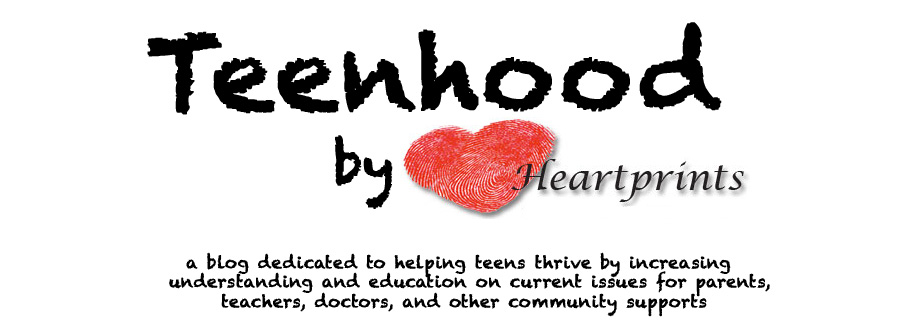Often, I’m asked why teenagers engage in self harm. “Isn’t
it for attention?” “Aren’t they just copying what they see on TV?” “How can they
stand to hurt themselves on purpose?” The behavior of cutting or other forms of
self harm seems so far removed from normal human acts it seems unfathomable to
many adults. To a parent, teenage self injury can be terrifying. It leaves
caregivers feeling helpless, frustrated, and scared. Yet if we look back on
history, civilization is full examples of intentional self-harm crossing into
many cultures.
As far back as early Greek mythology, Oedipus pierces his
eyes with golden broaches in punishment for his behavior. Today's adolescents express self-hatred, engaging in self injury after a perceived
failure. One sophomore girl bit her arm so viciously I could still see the bite
marks days afterwards. She believed she deserved it after a misunderstanding
with a boy she liked. In ancient Greek times, a shamed Spartan leader asked for
a knife after being placed in stocks. Grabbing it quickly he proceeded to slice
his own shins. Self harm is not a new issue. There were so many women in the
late 19th century pricking themselves with needles, doctors called
them the “needle girls”. Contrary to the prevalent belief self-harm is on the
rise, recent research indicates it may actually have stabilized in the last
five years.
In its infancy, the medical field has promoted the healing powers of
self-harm as Hippocrates encouraged blood letting to cleanse the
body. Scarification in African tribes was believed to protect oneself from
diseases. Early common psychiatric practices, ironically, included the
application of hot irons, purging, and cutting in the treatment of ‘hysterical
women’.
Christmas Eve 1888, famous painter Van Gogh allegedly partially removed his ear lobe in a fit of rage. Angry self-harming teenager generally do
not remove body parts but could relate to being enraged enough to carve on themselves. Even animals will engage in forms of
self harm. Bored dog’s will lick until themselves they have an open wound.
Stressed parrots over preen cutting their flesh. Agitated primates bite themselves.
Religion has provoked much self harm. In Germany , Martin
Luther, the founder of the protestant movement, for example, beat himself with
a whip regularly. Hindu’s Lord Krishna enucleated his eyes to benefit his mind.
Australian aborigine shaman candidates
mutilate and scraped their skin to promote their healing powers.
Mourning and grief have been motivators for self-harm In
certain African tribes finger amputation is common in mourning; the more of the finger removed indicates the level of closeness to the deceased. In 2012, a large
group of Shia Islamics cut themselves with razors commemorating the death of a beloved leader. Today, loved ones memorialize their
losses with tattoos.
Beauty can motivate self injury. Examples include ear piercings to
tattoos to foot binding to plastic surgery. Other reasons include increased
revenue for beggars and a soldiers quicker route home. Culture does much to
dictate attitudes toward self harm, what is acceptable and what is not. Shame has kept much teenage self injury
hidden. While self harm is widespread in world history, it does not minimize
the significance of a young person engaging in self injury. It is not a passing
phase. As in many of the examples above, it is indicative of deep emotional
pain. Consult professional help if you know a young person is hurting him/her
self. Dialectical Behavior Therapy (DBT)
has proven highly successful at reducing/eliminating the behavior. Self injury
is not resolved quickly but can take 3-12 months of counseling for progress to
occur.
See resources below for further help.
http://www.mirror-mirror.org/selfinj.htm
http://www.fortrefuge.com/SelfInjuryBillOfRights.html
http://www.kristalmathis.com
http://www.Portlanddbt.com
http://www.mirror-mirror.org/selfinj.htm
http://www.fortrefuge.com/SelfInjuryBillOfRights.html
http://www.kristalmathis.com
http://www.Portlanddbt.com
